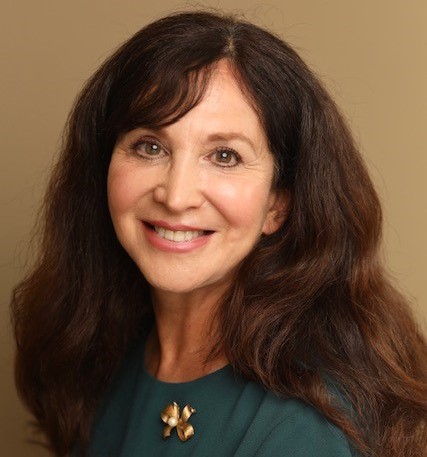by Ellen Smith-Israelson, CFRE

For years, financial experts have been discussing the great wealth transfer estimated at $68 trillion that is occurring as the boomers age and money transfers to their heirs. Many speculated that this would trigger a great windfall for charities, but is the much heralded Golden Age of Philanthropy actually upon us? How has inflation and market instability impacted charitable giving and has it delayed this golden age?
While we don’t have the data from 2022 just yet, many charities are reporting that donations were flat or declined since 2021. Some experts speculate that this was a minor and temporary dip in
giving trends, as even during the COVID pandemic, giving was strong. In 2021, Americans gave $485 billion to charity, a four percent increase from the previous year, although that drops to .7 percent when adjusted for inflation. Giving by individuals, always the most significant source of charitable dollars, increased by five percent. Giving by corporations rose almost 24 percent although that accounted for only four percent of total contributions, and foundations giving rose a little over three percent and provided 19 percent of total contributions.
“Smart advisors will
recognize that even in this
period of market instability,
their clients want their
wealth planning to reflect
their values and help
ameliorate the suffering we
see daily in the news.”
While 2022 may not have been as strong as 2021, there are indicators that we are in the Golden Age of Philanthropy. For advisors this means that many clients will be interested in incorporating charitable gifting into their planning, both in their lifetime and as bequests. Despite the poor
stock market performance, many clients still own low-basis stock, and contributing appreciated shares to a donor advised fund like JCF will ensure that clients can continue to support the charities that are important to them. In the family office sector and among UHNW families, we have
seen greater interest in making gifts of real property and other complex assets that are not strongly correlated to the stock market. Some donor advised funds may accept these assets, and Jewish
Communal Fund has become an expert in donations of non-marketable assets.
Another indicator that philanthropy remains strong are the inquiries about leaving bequests. Boomers are using all the options – CRTs, life insurance policies, beneficiary designations on IRAs, and outright bequests – making it easy for their heirs to continue their tradition of philanthropy. While we may only be at the beginning of the Golden Age of Philanthropy, there is great interest in advancing social good. Smart advisors will recognize that even in this period of market instability, their clients want their wealth planning to reflect their values and help ameliorate the suffering we see daily in the news. Jewish Communal Fund is here as a resource to help your clients accomplish their philanthropic goals.


